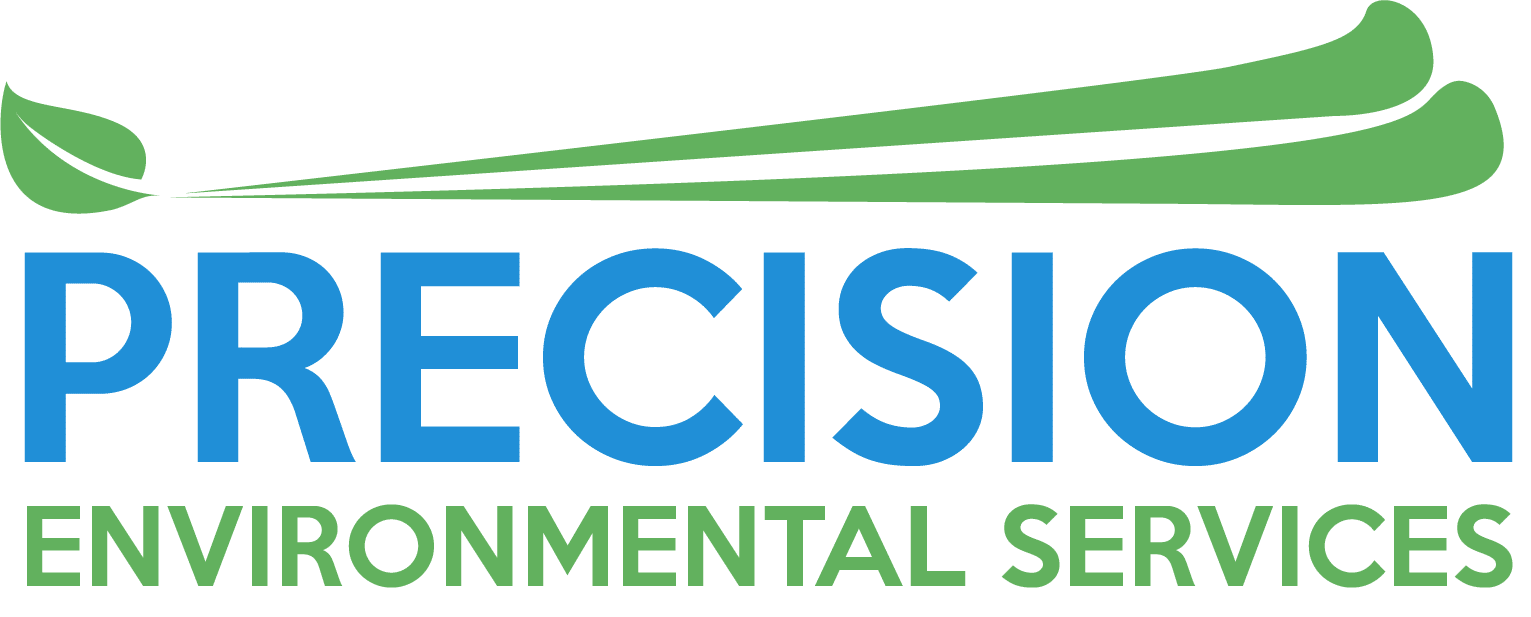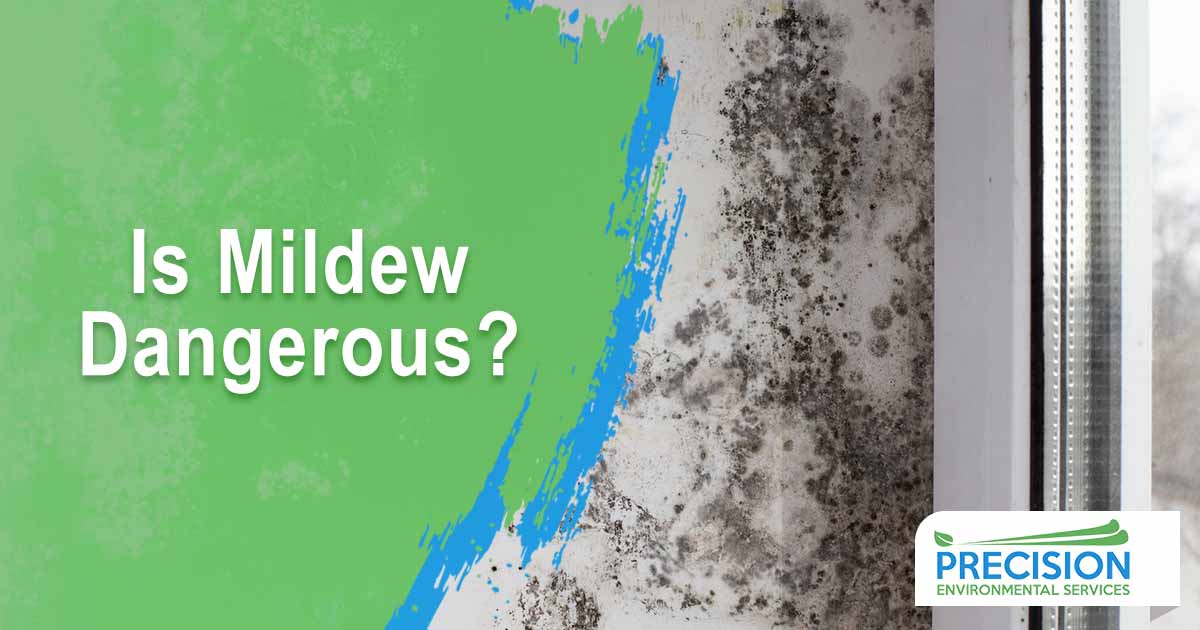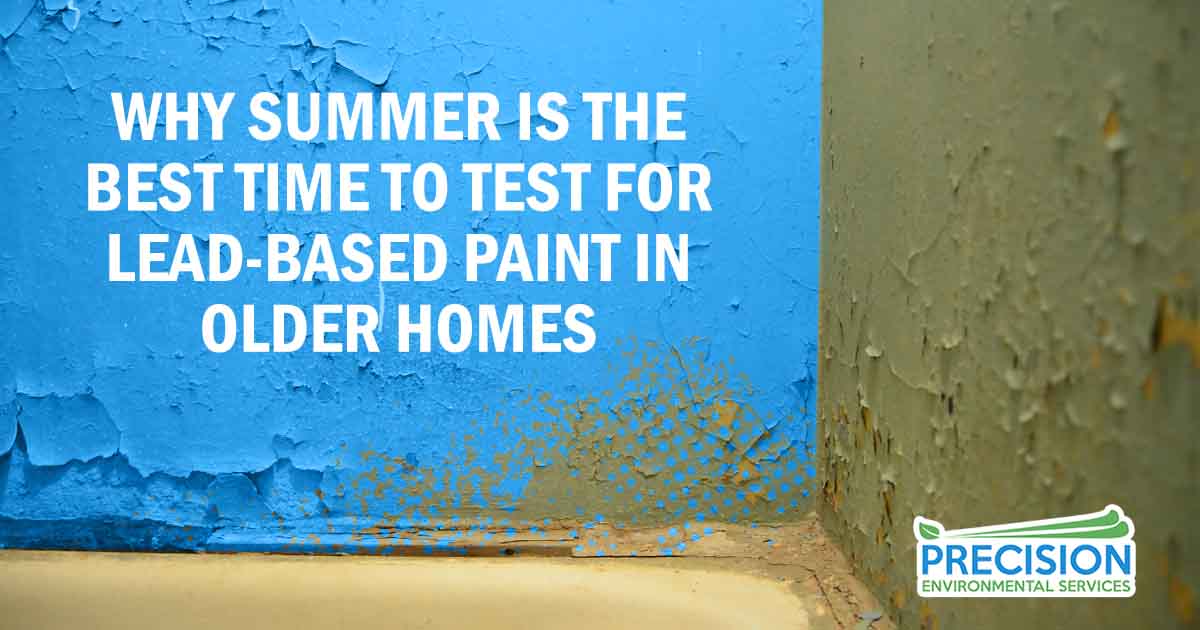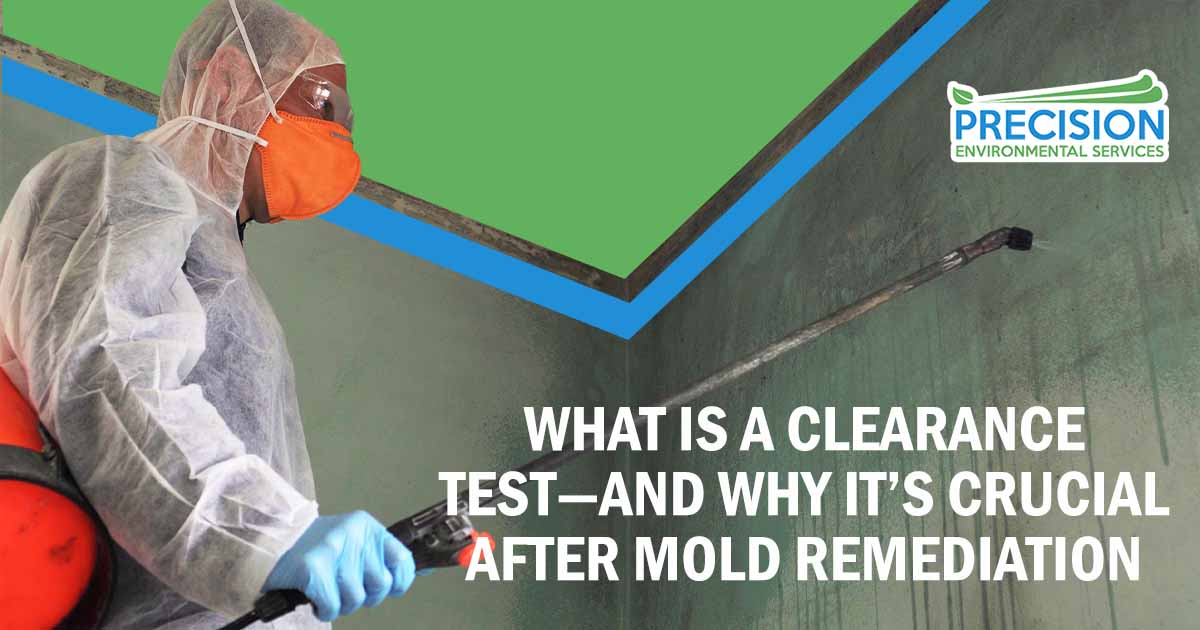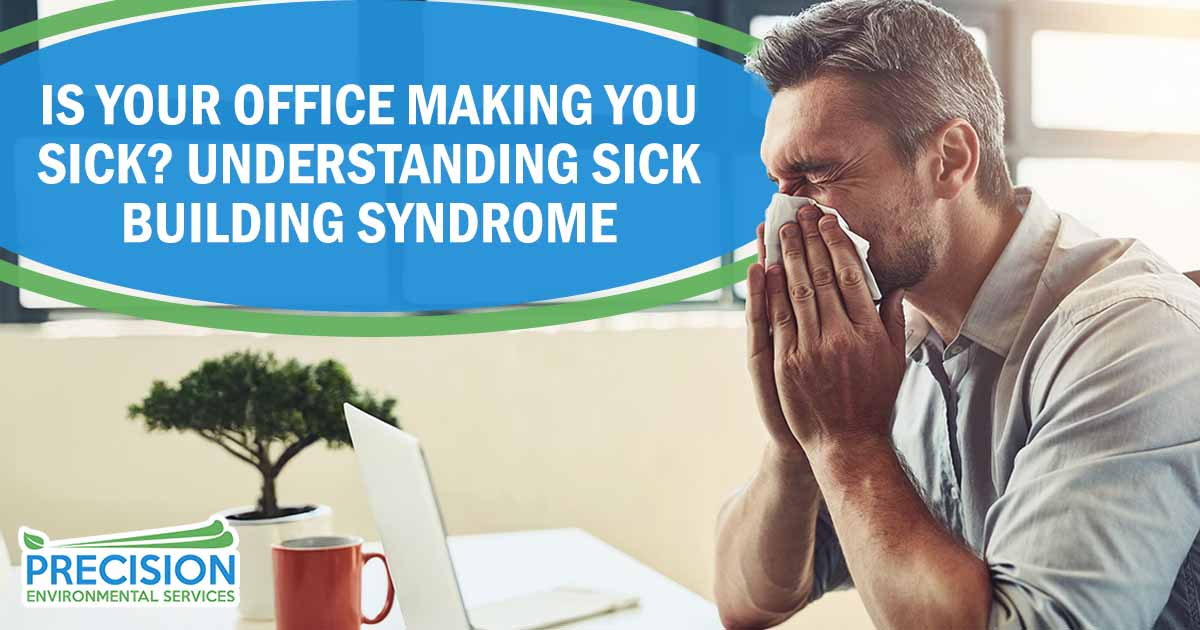Mildew is a common household issue that can develop in damp and humid environments. While often seen as a minor nuisance, mildew can pose potential health risks and damage surfaces over time. Understanding what mildew is, how it grows, and whether it presents a danger to health is essential for homeowners and property managers.
Understanding Mildew and Its Growth
What Is Mildew?
Mildew is a fungus that grows on damp surfaces, typically as a white, gray, or yellow patch. It thrives in warm, humid conditions and feeds on organic materials like wood, paper, and fabric. Unlike mold, which can penetrate surfaces and cause structural damage, mildew tends to grow on the surface and is easier to remove. However, prolonged exposure to mildew can still contribute to indoor air quality issues and health concerns.
Where Does Mildew Thrive?
Mildew develops in areas with excessive moisture and poor ventilation. Common locations where mildew is found include:
- Bathrooms, particularly on tiles, grout, and shower curtains
- Kitchens, on walls, cabinets, and around sinks
- Basements, due to high humidity and limited airflow
- Windowsills, where condensation provides the necessary moisture
- Air conditioning units and HVAC systems can trap and spread mildew spores
Preventing mildew growth requires controlling indoor humidity levels and ensuring proper ventilation. Without intervention, mildew can spread and contribute to musty odors, surface damage, and potential health issues.
Health Risks Associated with Mildew Exposure
Respiratory Issues and Allergies
Mildew spores can become airborne, affecting indoor air quality and triggering respiratory issues. Individuals with allergies or sensitivities may experience symptoms such as:
- Coughing and throat irritation
- Nasal congestion and sneezing
- Watery or itchy eyes
- Skin irritation in some cases
Prolonged exposure to mildew can be especially problematic for individuals with asthma or pre-existing respiratory conditions. Inhaling mildew spores may worsen symptoms and lead to more frequent respiratory discomfort.
Long-Term Health Effects
While mildew is less hazardous than mold, consistent exposure can still impact overall health. Those with weakened immune systems, such as young children, elderly individuals, and people with chronic illnesses, may be more vulnerable to mildew-related issues. Potential long-term effects include:
- Increased risk of developing chronic respiratory conditions
- Persistent sinus infections or bronchial irritation
- Heightened sensitivity to indoor allergens over time
If mildew is present in a home or workplace, addressing the issue promptly can help reduce health risks and improve indoor air quality.
Mildew vs. Mold: Understanding the Differences
Physical Appearance and Growth Patterns
Mildew and mold are fungi that thrive in moist environments but have distinct characteristics. Mildew typically appears as a flat, powdery growth in white, gray, or yellow shades. It remains on the surface of materials and is often found on walls, ceilings, and fabrics.
Conversely, mold is usually green, black, or blue and has a fuzzy or slimy texture. Unlike mildew, mold penetrates surfaces, causing more serious damage to walls, wood, and insulation. Because mold can spread quickly and release mycotoxins, it typically presents a more serious problem.
Health Risks: Which Is More Dangerous?
Both mildew and mold can contribute to poor indoor air quality, but mold is generally considered more hazardous. Exposure to mold can lead to severe allergic reactions, respiratory distress, and, in some cases, toxic effects due to mycotoxins.
However, mildew should not be ignored. Although its health effects are typically milder, it can aggravate respiratory conditions, cause discomfort, and signal moisture problems that may lead to mold growth. Proper mildew prevention and removal are essential to maintaining a safe indoor environment.
Preventing and Removing Mildew Safely
Effective Mildew Prevention Strategies
Preventing mildew growth requires controlling moisture levels and improving ventilation. Key strategies include:
- Reducing humidity – Use dehumidifiers or air conditioners to maintain indoor humidity below 50%.
- Improving ventilation : Use exhaust fans or open windows to ensure proper airflow in bathrooms, kitchens, and basements.
- Fixing leaks – Address plumbing leaks, roof damage, or condensation buildup to prevent excess moisture.
- Cleaning regularly : Use antifungal solutions to wipe down surfaces prone to mildew, such as tiles, windowsills, and shower curtains.
- Using mildew-resistant materials – Opt for mildew-resistant paint, sealants, and fabrics in areas with high humidity.
Safe Mildew Removal Techniques
If mildew appears, prompt removal can prevent it from spreading. Safe cleaning methods include:
- Using household solutions – A mixture of vinegar and water or diluted bleach can effectively remove mildew from non-porous surfaces.
- Scrubbing affected areas – Use a brush or sponge to clean mildew off walls, tiles, and fabrics.
- Drying surfaces thoroughly – After cleaning, ensure the area is arid to prevent regrowth.
- Discarding contaminated materials – Severely impacted fabrics, papers, or porous materials may need to be replaced.
Why Professional Testing Matters
While minor mildew growth can often be managed with DIY methods, professional testing, and remediation are necessary for widespread or persistent issues. A professional mold inspection can:
- Accurately assess the extent of mildew or mold contamination.
- Identify underlying moisture problems contributing to fungal growth.
- Provide expert mold remediation solutions to ensure long-term prevention.
Professional services help protect indoor air quality and ensure mildew does not lead to more severe mold infestations.
